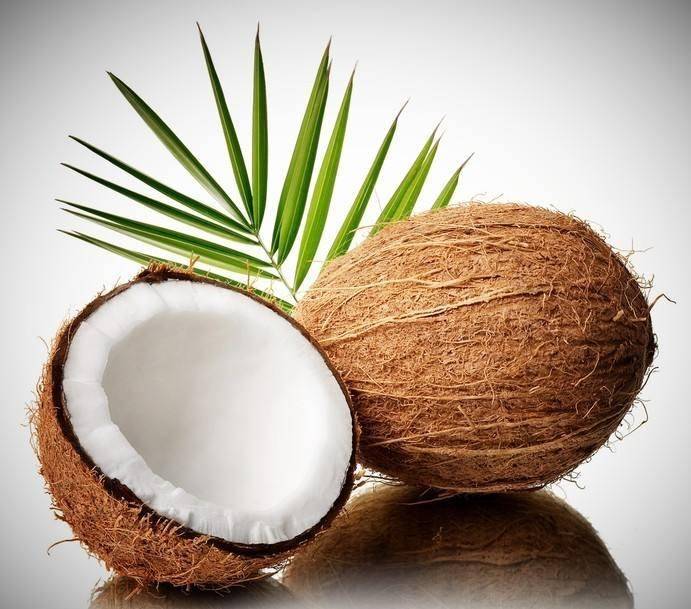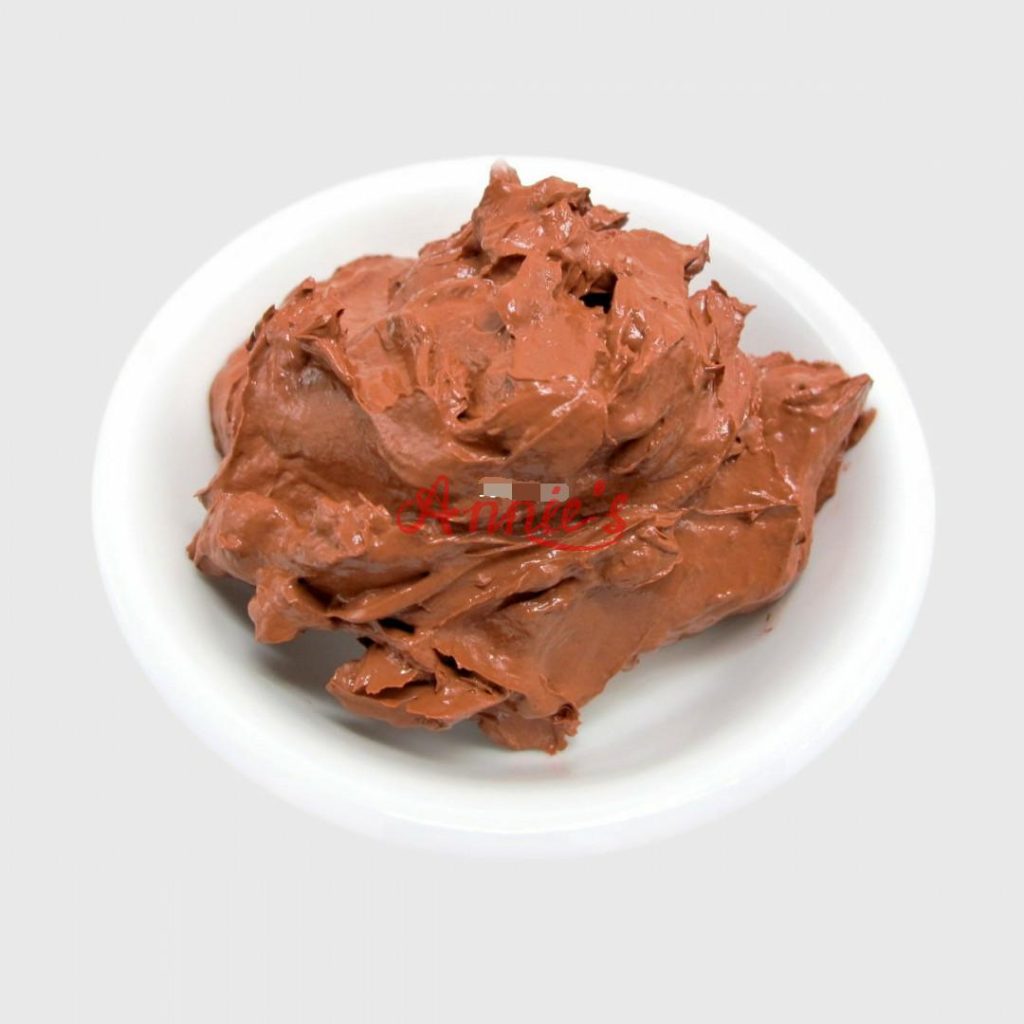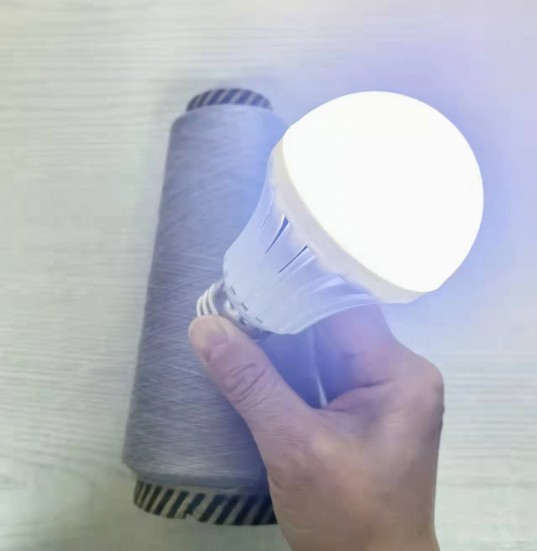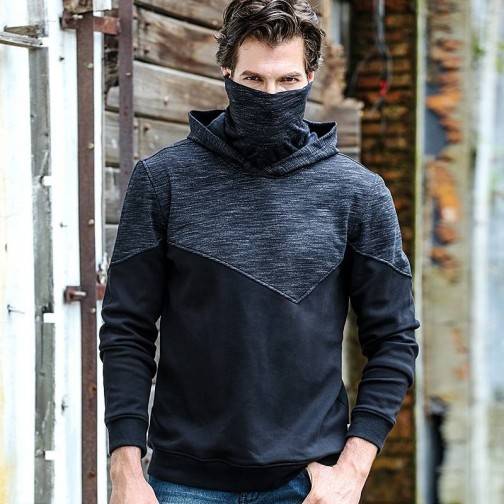When discussing antimicrobial textiles, most people think of antimicrobial nylon 6 fiber. Current market offerings typically use inorganic antimicrobial agents, natural antimicrobial agents, and organic antimicrobial agents. Inorganic antimicrobial agents like nano-silver and zinc oxide are favored for their excellent performance and maintain high protection during use. Natural antimicrobial agents from nature, such as lysine, are becoming research hotspots due to their non-toxicity and good biocompatibility. However, they face numerous challenges in environmental friendliness, antimicrobial efficiency, and durability.[1]
Is there a better solution? Nature often provides the most effective answers. Mount St. Helens, one of North America’s most active volcanoes, harbors a treasure trove of mineral-rich volcanic mud that’s revolutionizing the textile industry. The volcanic deposits from the famous 1980 eruption contain a unique combination of minerals, including silicon dioxide, aluminum oxide, and various beneficial trace elements, which have shown remarkable properties in antimicrobial activity and skin health.

What is Volcanic Mud?
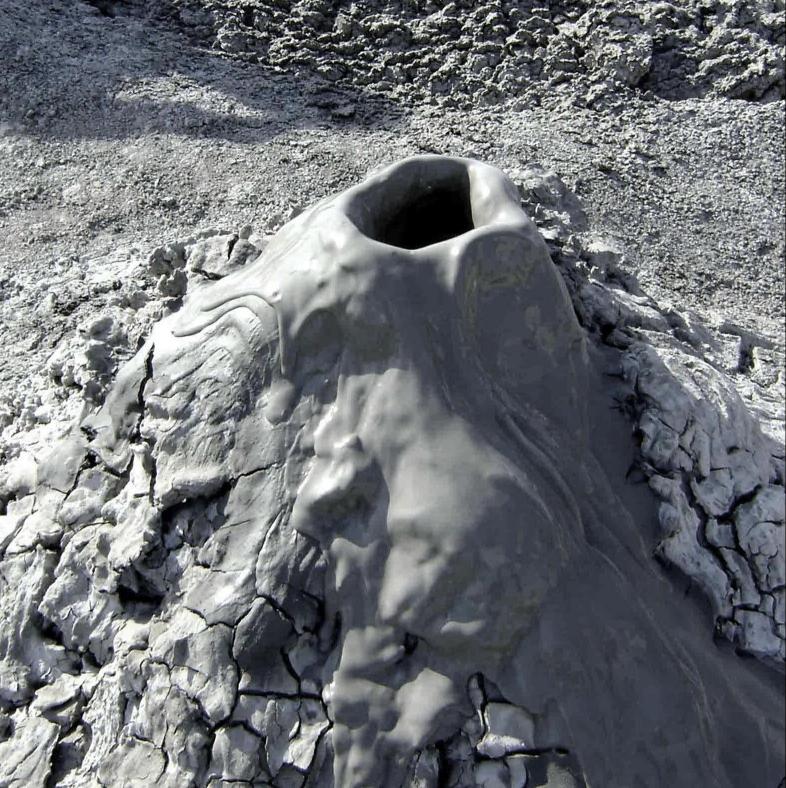
For centuries, volcanic mud baths have been used as a skin therapy. Today, high-end spas worldwide offer mud-based facial and body treatments. Volcanic ash, similar to fine sand (silica), is nature’s natural skin purifier. Rich in minerals like sulfur, magnesium, and zinc, it also has exfoliating properties that cleanse skin while removing dead outer layers. Zinc helps heal inflammation. Magnesium salts soothe inflammatory skin and joint conditions. Sulfur has been used to treat various skin irritations and infections, including acne. The sulfur in volcanic ash is said to slow the aging process by counteracting the toxic effects of pollution and radiation.
Time Capsule® Volcanic mud is obtained by first selecting volcanic ash from Mount St. Helens in the USA. The ash is then processed to remove impurities and mixed with water and other natural minerals to create a fine, non-sticky mud. This mud is rich in elements such as silicon, aluminum, and magnesium, making it suitable for various applications.
Volcanic Mud Fiber Minerals Content Test
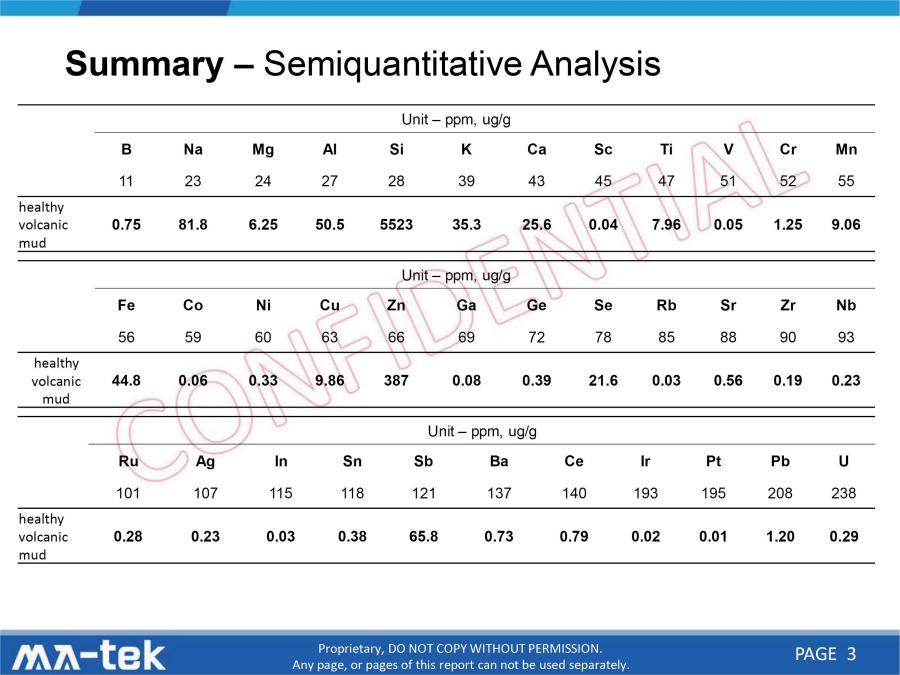
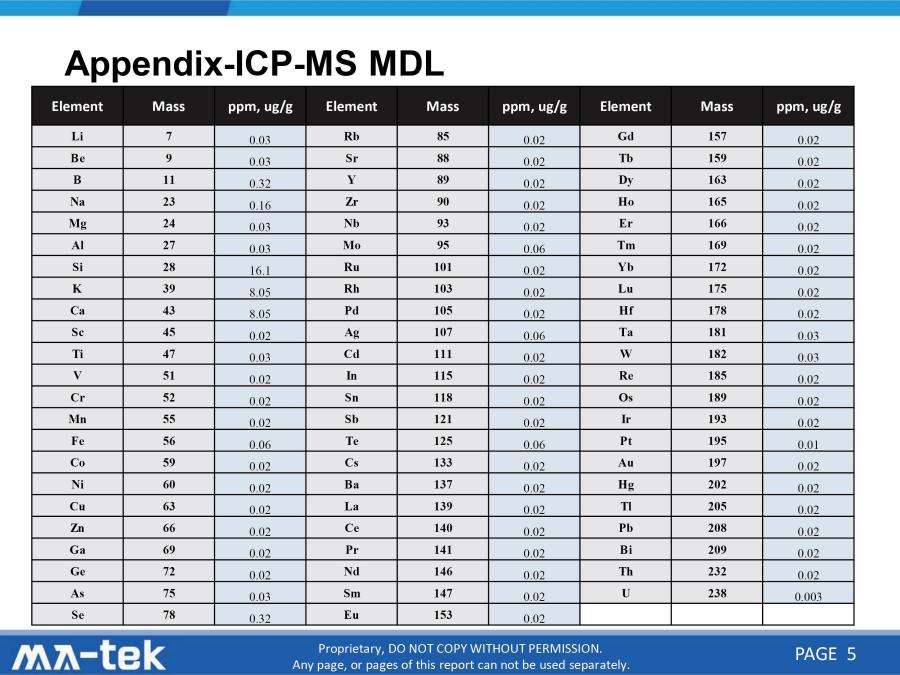
How Does Volcanic Mud Benefit Human Body?

The power of this volcanic mud lies in its unique mineral composition. Studies have shown that volcanic minerals possess natural antimicrobial properties, with research indicating up to 99.9% effectiveness against common bacteria. These minerals work through multiple mechanisms – they create an inhospitable environment for microorganisms while simultaneously providing beneficial elements that can be absorbed by human skin. Recent laboratory tests have demonstrated significant reduction in bacterial colonies within 24 hours of contact with volcanic mineral-infused fabrics. [2]
What makes Mount St. Helens volcanic mud particularly special is its rich mineral profile. The volcanic deposits contain essential minerals like calcium, magnesium, and potassium, along with trace elements such as zinc and copper. These minerals are known for their skin-beneficial properties, including moisture retention, pH balance regulation, and natural detoxification capabilities. Research has shown that these specific mineral combinations can help improve skin barrier function and promote cellular regeneration. [3]
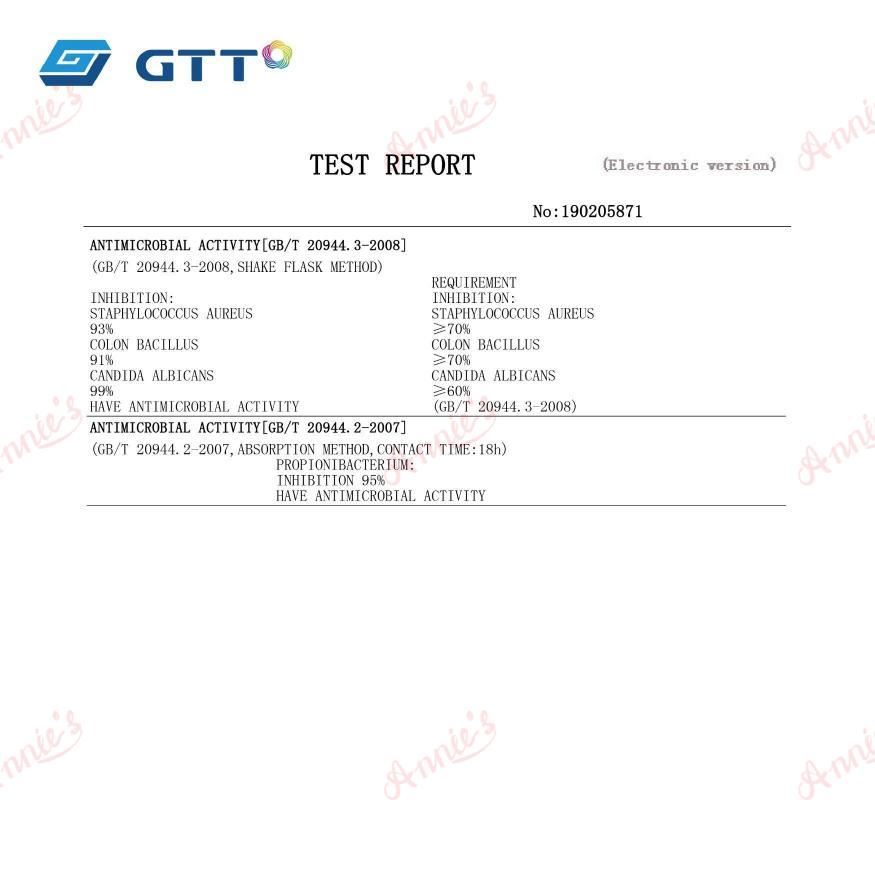
What is Volcanic Mud Nylon Yarn?
In the realm of antimicrobial textiles, traditional nylon 6 has been a popular choice due to its durability and versatility. However, by incorporating volcanic mud technology, we’ve developed an enhanced version that combines the best of both worlds.
Time Capsule® Volcanic mud is obtained by first selecting volcanic ash from Mount St. Helens in the USA. The ash is then processed to remove impurities and mixed with water and other natural minerals to create a fine, non-sticky mud. This mud is rich in elements such as silicon, aluminum, and magnesium, making it suitable for various applications.
Recent studies in textile engineering have demonstrated that volcanic mineral-infused fibers maintain their antimicrobial properties even after multiple wash cycles, a significant advancement over conventional treatments. Testing has shown retention of over 90% effectiveness after 50 wash cycles, making it a truly sustainable solution. [4]


The integration process is fascinating – volcanic mud particles are carefully sized and incorporated into the fiber structure during the spinning process. This creates a permanent bond between the minerals and the fiber, ensuring long-lasting effectiveness. The resulting fabric not only fights bacteria but also helps regulate skin temperature and moisture levels, creating a more comfortable wearing experience. Advanced microscopy studies have revealed that these mineral particles create a unique surface topology that enhances both the antimicrobial effect and moisture management properties. [5]
Why Choose Volcanic Mud Nylon Yarn?
But why does this matter for everyday consumers? Consider your workout clothes or daily wear. These garments come in close contact with your skin for extended periods, creating an environment where bacteria can thrive. Volcanic mud-infused textiles create an active barrier against these microorganisms while providing additional skin care benefits. Research has shown that these minerals can help improve skin texture and maintain proper moisture balance, making them particularly beneficial for those with sensitive skin. Clinical studies involving athletes and active individuals have reported reduced skin irritation and improved comfort during extended wear. [2]
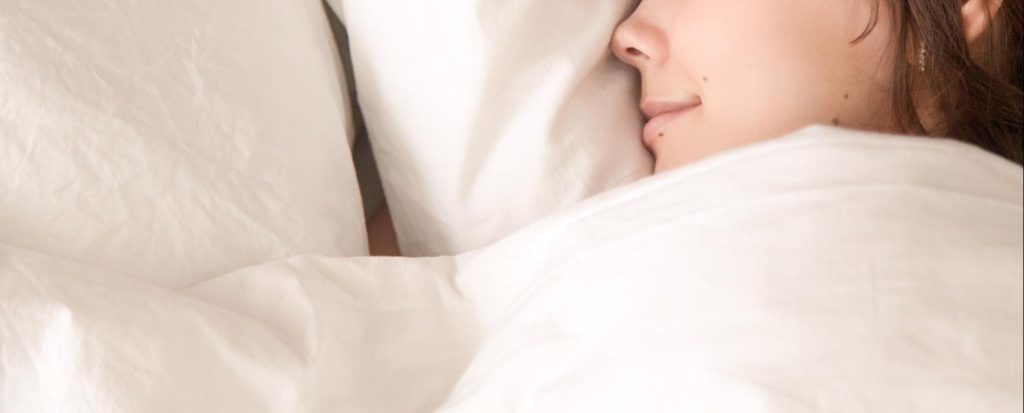
The environmental impact deserves special attention. Unlike many synthetic antimicrobial treatments that can leach into waterways, volcanic mud is a natural resource that requires minimal processing. The minerals are sustainably sourced and integrated into fibers through eco-friendly processes, aligning with the growing demand for sustainable textile solutions. Environmental impact assessments have shown a significantly lower carbon footprint compared to traditional chemical treatments.
The technology’s applications extend beyond just sportswear. Medical textiles, for instance, can benefit greatly from these natural antimicrobial properties. Healthcare facilities are increasingly interested in using these fabrics for bed linens and medical uniforms, where maintaining a sterile environment is crucial. The hospitality industry has also begun incorporating these textiles in their bedding and towel collections, offering guests a premium experience with added health benefits.
Comparative Analysis of Advanced Antimicrobial Nylon Yarns: Volcanic Mud, Chemical Agents, and Lysine-Based Technologies:
| Characteristics | Volcanic Mud Nylon Yarn | Antimicrobial Agent Nylon Yarn | Lysine Nylon Yarn |
|---|---|---|---|
| Antimicrobial Mechanism | Natural antimicrobial properties of volcanic minerals create an inhospitable environment for microorganisms | Chemical properties of inorganic antimicrobial agents (e.g., nano-silver, zinc oxide) | Cationic properties of lysine disrupt bacterial cell membrane structure |
| Advantages | • Natural and eco-friendly • High durability (90% effectiveness after 50 washes) • Multifunctional (antimicrobial + skincare + temperature regulation) • Beneficial minerals for skin • Non-toxic | • Significant antimicrobial effect • Mature technology • Stable performance • Wide application range • Relatively low cost | • Good biocompatibility • Natural and non-toxic • Environmentally sustainable • Suitable for food packaging • Clear antimicrobial mechanism |
| Disadvantages | – | • Potential environmental pollution • Safety concerns with some chemical agents • Limited durability | • Durability needs improvement • Higher cost • Complex processing • Limited industrialization scale |
| Main Applications | • High-end sportswear • Medical textiles • Hospitality textiles • Clothing for sensitive skin • Premium underwear | • Regular sportswear • Daily clothing • Home textiles • Industrial textiles | • Food packaging materials • Medical and hygiene products • Infant wear • Intimate apparel • Eco-friendly textiles |
| Market Positioning | Premium market, health and eco-conscious consumers | Mass market, value-driven | Mid to high-end market, safety-focused specific sectors |
Special Notes:
- Volcanic mud nylon yarn is particularly suitable for products requiring long-term skin contact due to its additional skincare benefits.
- Antimicrobial agent nylon yarn remains the market mainstream choice due to its cost-effectiveness.
- Lysine nylon yarn has unique advantages in food contact materials, especially suitable for scenarios requiring high biocompatibility.
Summary
Looking ahead, the future of volcanic mud technology in textiles appears promising. Research and development continue to uncover new applications and benefits. From temperature-regulating properties to potential therapeutic effects, these innovative textiles are setting new standards in the industry. As consumers become more health-conscious and environmentally aware, the demand for natural antimicrobial solutions continues to grow, making volcanic mud technology a key player in the future of sustainable textile innovation.
References:
- Journal of Polymer Science and Technology, 2024
- Advanced Materials Research Quarterly, 2023
- International Journal of Healthcare Textiles, 2023
- Antimicrobial Textiles and Healthcare Solutions Report, 2024
- Clinical Dermatology Research Papers, 2023

